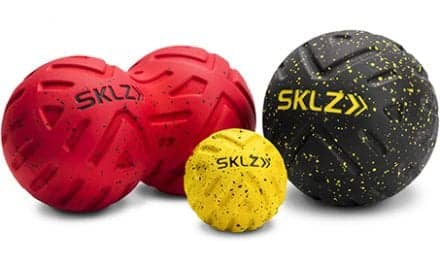Profitt tells the news outlet that he came up with the idea while undergoing his own knee surgery. He wanted to design a device that would allow him to regain full extension of his knee and normalize his walking quickly and correctly.
“Most everyone that has any type of knee surgery will need an outside force to help regain full extension, and this device is designed to do just that,” Profitt says. “Returning to a normal walking pattern is often the hardest thing to restore after a knee surgery.
“While I was in physical therapy for my own knee surgery, I had an idea to create a device that would be smaller, portable and less costly than what is currently available.”
For now, he adds, he’s referring to his invention as the KED, or Knee Extender Device. The official name will be determined by whoever licenses the patent.
None of this would be possible without the support of the Technology Transfer Office at Marshall and RCBI, he acknowledges.
“I don’t think many of my faculty colleagues realize Marshall has resources like this to help us turn our ideas into reality. If we figure out a way to make things easier or more effective, Marshall is here to help get those concepts turned into tangible products,” Profitt says.
“Right now, I’m working with RCBI to finalize the prototype – working with things like carbon fiber, aluminum, and other different materials to make improvements. We want this device to be lightweight, portable and affordable because getting your knee straight after surgery or injury won’t wait for a vacation or travel limitations. The ultimate goal is to get this device in the hands of patients for home use to promote carryover between their physical therapy visits,” he adds.
Derek Scarbro, director of RCBI’s Appalachian Hatchery program, states that engineers are working with Profitt’s design to determine and sort the best materials for his device from a functionality and manufacturing standpoint.
“RCBI manages the state’s oldest and largest Early Stage funding program for companies to develop new products and to get specialized technical assistance,” Scarbro comments.
“When Brad applied to our funding program, we felt his idea was a worthy project. We are working with him to assess what will be the most effective means of making this product. We want to keep cost and quality in mind, and we can even help make recommendations on who could source this product.”
[Source: Huntington News]





